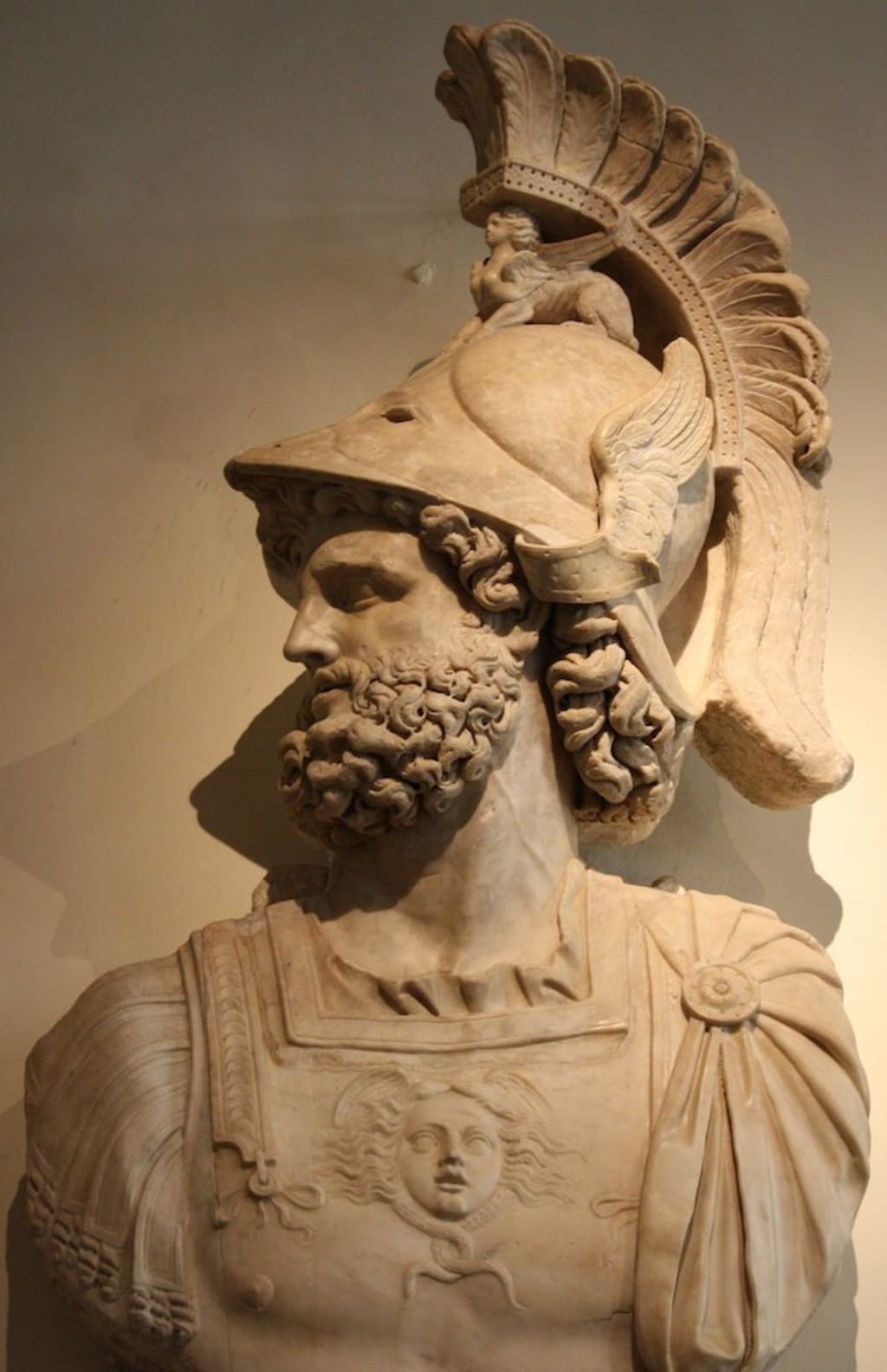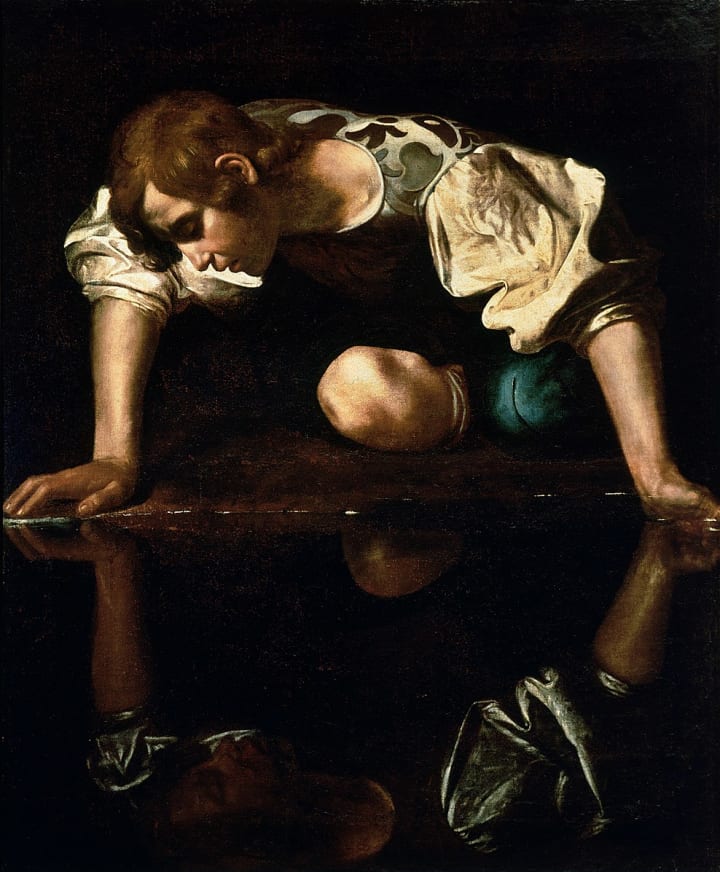
The month that can come in “like a lion and out like a lamb” is named after Mars, the Roman god of war (and agriculture). Indeed, in French, the month is called Mars. March, or Martius as it was known in ancient Rome, is the first month of Spring and was considered a favorable season for travel, planting, or beginning a military campaign.
March 1st in the Northern hemisphere marks the beginning of the meteorological Spring and was the original New Year’s Day of Rome until at least 153 B.C. when it was changed to December or January under different Roman rulers. Some parts of Europe continued to use March as the beginning of the year until the 16th century and Great Britain and her colonies into the 18th century when the West changed the calendar from the Julian to the Gregorian calendar.
March Holidays
In the West, following the church liturgical calendar, March may be host to “movable” pre-Lent holidays like Shrove Monday, Mardi Gras, and Ash Wednesday, or they could occur as early as February. If the first full moon happens on or after March 21, Good Friday and Easter may occur in March.
The Ides of March, St. Patrick’s Day, and the Vernal Equinox are “fixed” to this month. Non-Irish holidays, like St. Joseph’s Day, occur here too.
The old saying:
March winds and April showers?
Bring forth May flowers.
…could mean that it’s a good month to go fly a kite.
March and Spring
Where I live in Colorado, the ground is still covered with snow, but March signifies the beginning of Spring by animals coming out of hibernation. Rabbits appear everywhere, setting off my camera sensors.
Certain flowers begin to blossom. Daffodils are the birth flower for those born in March. When I was a student at Berkeley, the fraternities and sororities would sell them in March for their fundraisers. Why is the daffodil so appealing?
The Latin or scientific name for daffodil is Narcissus. in Ancient Greece, Narcissus was a hunter who was followed by the mountain nymph Echo while walking in the woods. He sensed her and called out,
“Who’s there?”
But she could only repeat,
“Who’s there.”
When she eventually revealed herself to the beautiful youth and attempted to embrace him, he moved away from her and commanded her to leave him alone. She left weeping and heartbroken and then spent her life sadly until all that remained of her was her echo.
But Aphrodite was her protector. In the personage of Nemesis, the goddess of retribution against hubris, she saw Narcissus’ behavior and determined that he’d get “what is due” (the Greek meaning of Nemesis.) One summer, while hunting, he became thirsty, and the goddess lured him to a pool of water.

Leaning over the pool, he saw a beautiful youth in the bloom of youth. Not realizing it was his own reflection, he fell in love. He could not leave the image, but realizing his love could not be reciprocated, his unrequited fire of burning passion melted him away so that there was nothing left of him but a flower of gold and white, a narcissus.
Bill Petro, your friendly neighborhood historian
If you enjoyed this article, please consider leaving a comment. Subscribe to have future articles delivered to your email.
About the Creator
Bill Petro
Writer, historian, consultant, trainer
https://billpetro.com/bio






Comments
There are no comments for this story
Be the first to respond and start the conversation.